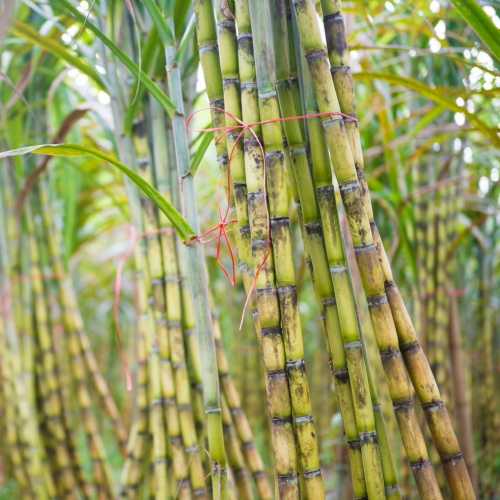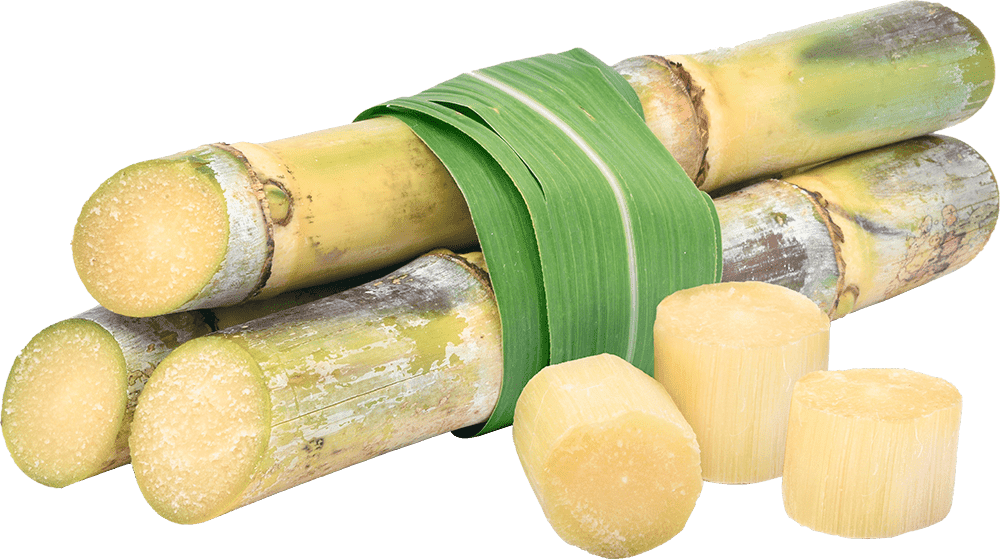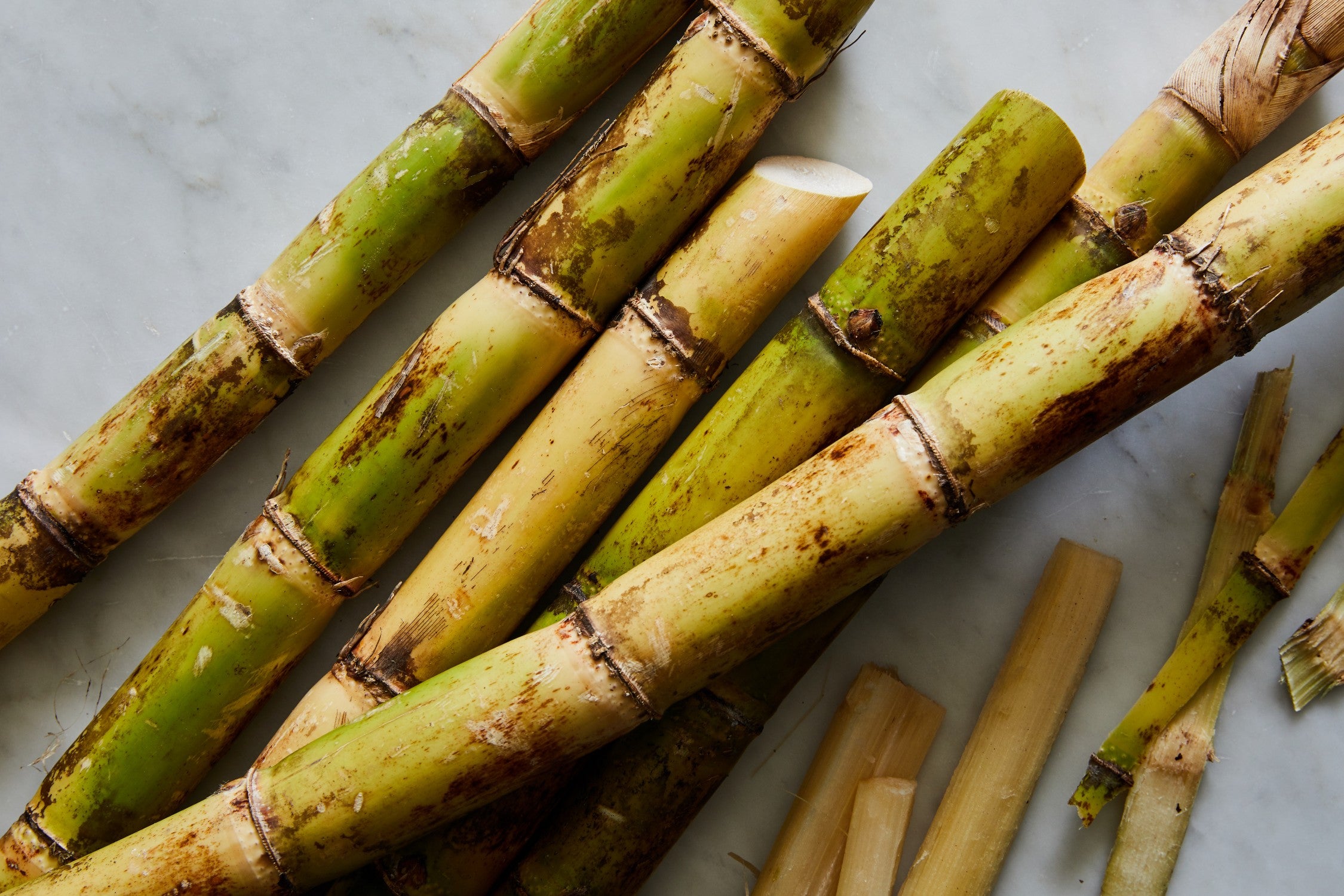The Trip of Cane Sugar Processing: From Harvest to Crystals
The Trip of Cane Sugar Processing: From Harvest to Crystals
Blog Article
Exploring the Comprehensive Steps Associated With Cane Sugar Handling From Harvesting to Improvement
The procedure of walking stick sugar manufacturing encompasses a series of complex steps, beginning with the careful harvesting of sugarcane and finishing in the refinement phases that guarantee the end product fulfills sector standards. Each phase, from the removal of juice to the purification and formation processes, plays a critical function in figuring out the high quality and character of the sugar. Recognizing these phases not just highlights the complexity of sugar manufacturing but likewise increases essential questions regarding performance, sustainability, and innovation in the industry. What ramifications do these aspects have for future practices?
Collecting Sugarcane
Harvesting sugarcane is a critical action in the walking stick sugar processing chain, as it directly affects the top quality and return of the end product. Proper timing and techniques are crucial during this stage to make certain optimal sugar content and decrease losses. Generally, sugarcane is collected when it gets to maturation, normally 12 to 18 months after growing, identified by a high sucrose focus.

Post-harvest, the sugarcane must be processed swiftly to avoid sucrose destruction. Preferably, gathered walking cane ought to be delivered to processing centers within 1 day to maintain sugar high quality. Consequently, reliable logistical preparation is critical to preserve the honesty of the harvested crop throughout the supply chain.
Removal Process

The smashed walking cane undergoes a series of pressing procedures to make best use of juice recovery. Generally, hot water is sprayed onto the crushed walking cane, producing a countercurrent circulation that aids liquify the sugar while additionally helping in the extraction process. The juice gathered from this procedure has not only sugar however also numerous organic compounds and pollutants.

To enhance extraction performance, some facilities might employ diffusion techniques, where the sugarcane is soaked in warm water, permitting the soluble sugars to diffuse right into the fluid. The resulting juice, abundant in sucrose, is after that directed to succeeding handling stages, laying the foundation for purification and refinement. The removal process is therefore crucial in establishing the high quality and return of the last sugar product.
Filtration Techniques
The purification techniques utilized in walking cane sugar processing are necessary for transforming the raw juice into a high-grade sugar product. These techniques mostly aim to remove pollutants, such as soil, plant materials, and not natural compounds, which can detrimentally impact the last product's taste and color.
Among the most usual filtration methods is clarification. This process entails adding lime and warm to the raw juice, which promotes the coagulation of contaminations. The resulting precipitate is then gotten rid of through sedimentation or purification, generating a more clear juice. In addition, the use of phosphoric acid can boost the clarification procedure by additional binding contaminations.
One more substantial technique is carbonatation, where carbon dioxide is presented to the clarified juice. This response creates calcium carbonate, which captures continuing to be pollutants and promotes their elimination.
Moreover, activated carbon treatment might be related to adsorb any type of remaining colorants and organic impurities, ensuring a much more polished product. The combination of these methods successfully prepares the sugar juice for succeeding actions in the refining process, establishing the phase for the manufacturing of high-grade walking cane sugar.
Crystallization Techniques
After the purification phase, the next essential action in walking stick sugar handling entails formation approaches, which play an essential duty in changing the clarified juice right into solid sugar. This process generally employs 2 main methods: spontaneous crystallization and regulated condensation.
In spontaneous formation, supersaturated sugar services are allowed to cool naturally, causing the development of sugar crystals in time. This method is less complex yet may cause uneven crystal sizes and reduced purity degrees. On the various other hand, regulated crystallization is a more specific technique where seeding, temperature level, and focus representatives are diligently taken care of. This approach enables the consistent development of sugar crystals and higher purity.
During crystallization, the clarified juice is concentrated via evaporation, increasing its sugar web content up until it reaches supersaturation. When this point is accomplished, either approach can promote the formation process. Cane Sugar Processing. The resultant sugar crystals are then divided from the continuing to be syrup via centrifugation
Eventually, the selection of formation technique affects the high quality, dimension, and purity of the last sugar product, making this step crucial in the total cane sugar handling procedure.
Improvement and Packaging
Exactly how can the purity and high quality of walking stick sugar be further improved after crystallization? The refinement process plays a critical duty in attaining high-quality walking useful link cane sugar. Complying with crystallization, sugar undergoes a complete washing to eliminate contaminations and residual molasses. This is normally achieved utilizing warm water or heavy steam, which aids dissolve and remove unwanted aspects while preserving the sugar crystals.
Next, the sugar goes through a procedure called centrifugation, where it is rotated at high speeds to separate the detoxified sugar crystals from the continuing to be liquid. After centrifugation, the sugar is commonly more fine-tuned with a technique called carbonization or phosphatation, which makes use of turned on carbon or phosphoric acid to eliminate color and off-flavors.
When improved, the sugar is dried out to achieve the desired wetness material, making sure that it remains steady throughout storage space and transport. The last action involves packaging the refined sugar in impermeable and moisture-proof containers to keep its quality and prevent contamination. Cane Sugar Processing. Proper packaging not only prolongs service life however likewise assists in very easy handling and circulation, making certain that customers obtain sugar that fulfills the highest possible criteria of pureness and top quality
Verdict
The thorough actions entailed in walking stick sugar handling, from the careful harvesting of sugarcane to the complex refinement and packaging stages, underscore the importance of each phase in ensuring premium sugar production. Optimal harvesting strategies, reliable removal techniques, and extensive filtration processes collectively add to the end product's pureness and stability. The crystallization and succeeding product packaging techniques additionally improve the integrity and shelf life of the sugar, highlighting the intricacy and accuracy integral in this crucial farming market.
The process dig this of walking cane sugar manufacturing includes a series of intricate actions, starting with the cautious harvesting of sugarcane and culminating in the improvement stages that ensure the last product meets sector requirements. Ideally, collected walking stick should be transported to refining facilities within 24 hours to maintain sugar high quality.In spontaneous crystallization, supersaturated why not try these out sugar solutions are permitted to cool down naturally, leading to the development of sugar crystals over time - Cane Sugar Processing. The improvement process plays an important function in attaining high-grade walking stick sugar.The extensive actions involved in walking stick sugar processing, from the careful harvesting of sugarcane to the intricate refinement and product packaging stages, highlight the importance of each phase in making certain premium sugar manufacturing
Report this page